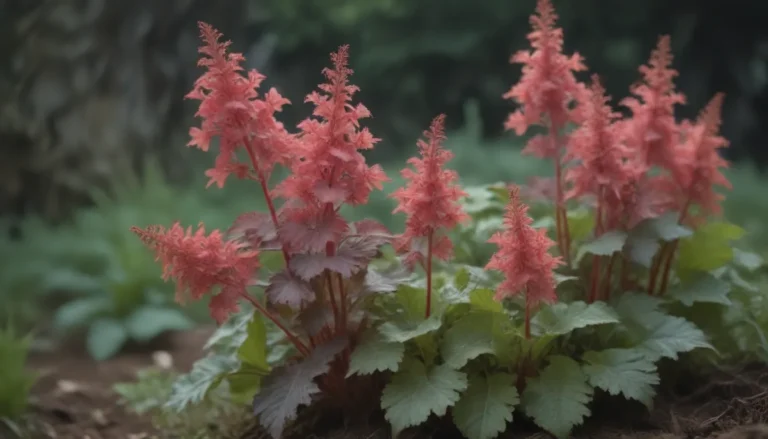Complete Guide to Growing and Caring for Goat Willow

Are you looking to add a beautiful and unique tree to your garden? Consider the goat willow, also known as Salix caprea. This small deciduous tree or large shrub is native to Europe and western Asia, making it a perfect fit for moist soils in cooler North American climates. With its oval-shaped leaves and soft, pinkish-gray catkins that turn yellow in the spring, goat willow is a delightful addition to any garden. In this comprehensive guide, we will explore everything you need to know to successfully grow and care for this charming plant.
Introducing Goat Willow
Goat willow stands out from other willow species with its unique features and characteristics. Here are some key points to keep in mind:
- Native to Europe and western Asia
- Oval-shaped leaves
- Soft, pinkish-gray catkins turning yellow in the spring
- Attractive to butterflies and bees
- Fast-growing but relatively short-lived (15 to 30 years)
- Ideal for moist soils in cooler climates
Goat Willow Care Tips
To ensure the health and vitality of your goat willow, it’s essential to provide the proper care. Here are some valuable tips to help you maintain your plant:
- Light: Goat willow loves sun but can tolerate partial shade.
- Soil: Prefers damp soil but can grow in various soil types.
- Water: Thrives in moist conditions and is tolerant of short droughts.
- Temperature and Humidity: Hardy in USDA zones 4 to 8, prefers temperate climates.
- Fertilizer: Generally does not require fertilization unless grown for decorative purposes.
Warning
Goat willow, while not forbidden in North America, can naturalize and become a nuisance plant in certain regions. Exercise caution and monitor its growth to prevent unwanted spread.
Types of Goat Willow
Salix caprea is available in different forms to suit various landscaping needs. Here are some common types of goat willow:
- Pure Species: Salix caprea in its natural form
- Cultivar: ‘Pendula’ – Weeping form, great for container culture
- Male and Female Clones: ‘Kilmarnack’ and ‘Weeping Sally’ – Grafted plants with a weeping habit
Pruning and Propagating
Proper pruning and propagation techniques are essential for maintaining the health and appearance of your goat willow. Here’s what you need to know:
- Pruning: Can be coppiced and responds well to hard pruning for regrowth.
- Propagating: Can be propagated from seeds or stem cuttings. Seeds should be sown immediately for best results.
How to Grow Goat Willow From Seed
If you’re interested in growing goat willow from seed, follow these steps for success:
- Harvest seeds from female plants in mid-spring.
- Sow seeds on the surface of containers filled with potting mix.
- Keep seeds moist until germination and transplant seedlings once they establish.
Potting, Overwintering, and Common Pests
For potted goat willow, ensure proper potting mix and maintenance to promote healthy growth. Overwintering may require protection in colder climates. Be on the lookout for common pests and diseases such as powdery mildew, anthracnose, and aphids.
Getting Goat Willow to Bloom
To encourage blooming, provide adequate sunlight and moisture. Opt for male plants for attractive yellow catkins, perfect for decorative purposes.
Common Problems and Additional Information
Goat willow is generally easy to grow but may face challenges such as breakage from heavy snow or root disruption of underground utilities. Differentiating between goat willow and North American pussy willow, which has similar features, can help you make an informed choice for your garden.
In conclusion, goat willow is a versatile and attractive plant that can enhance any garden with its unique features and charm. By following the care tips and guidelines outlined in this guide, you can successfully grow and enjoy the beauty of this delightful tree. Whether you’re a novice gardener or a seasoned expert, goat willow is a fantastic addition to any landscape.





